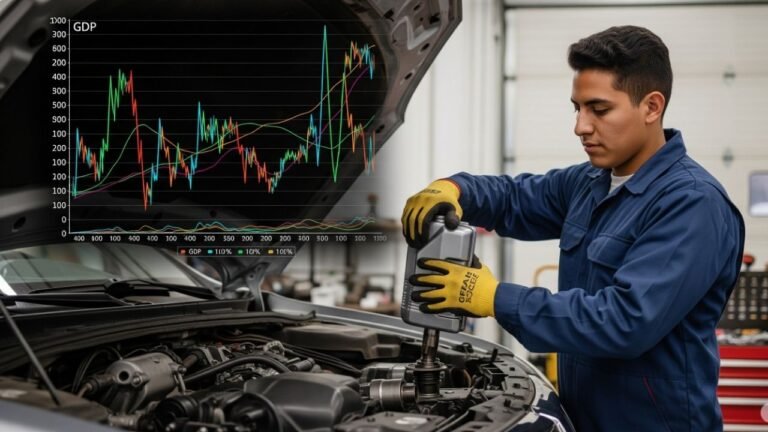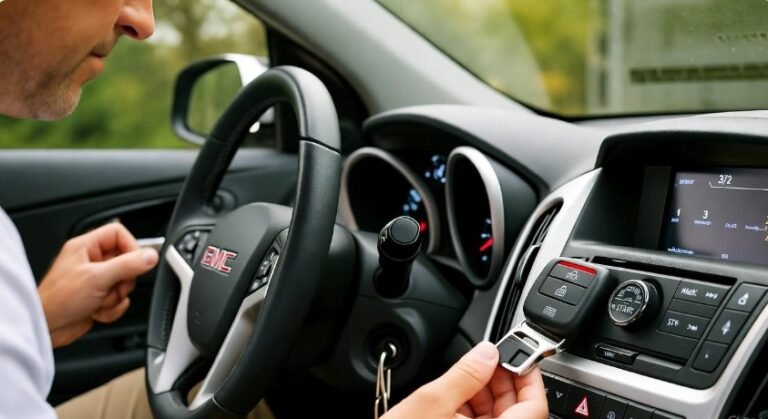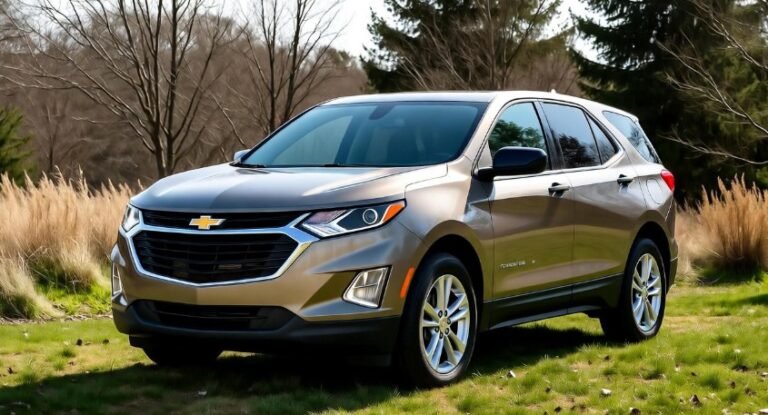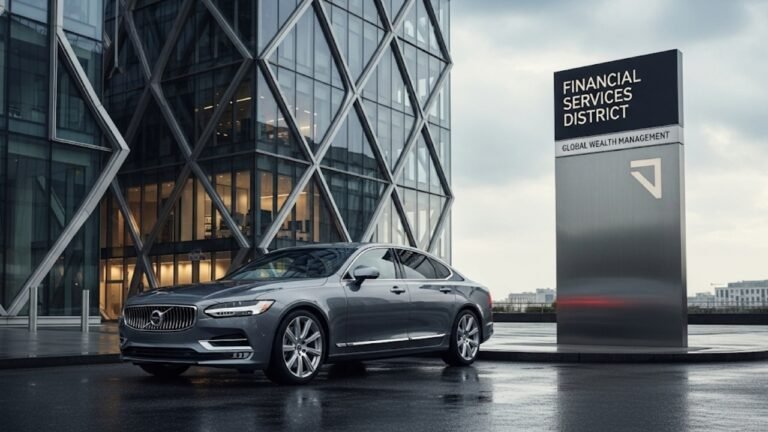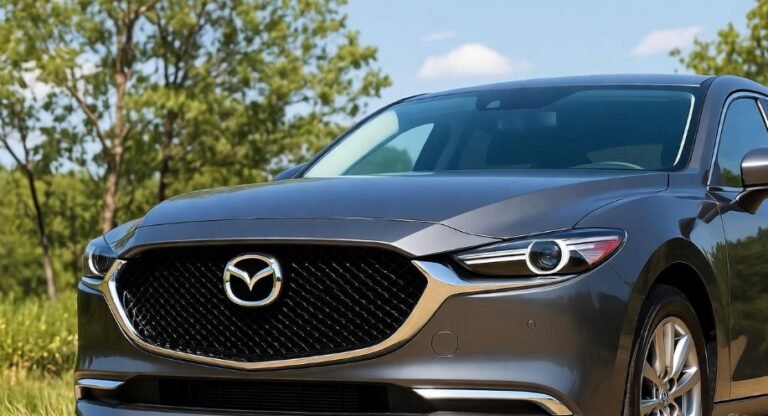How to Charge a Kia Niro: Quick & Easy Charging Tips
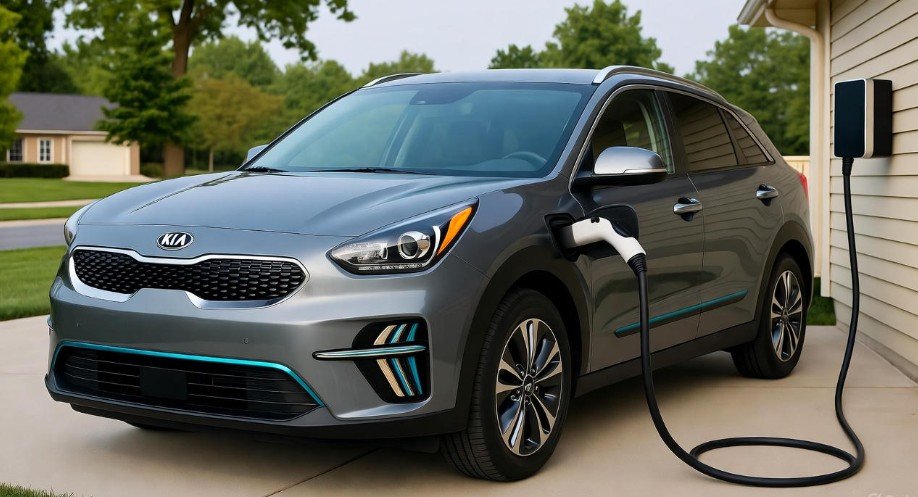
Owning a vehicle that supports cleaner energy can feel empowering, especially as the push toward sustainable driving continues to grow worldwide. The Kia Niro has become a popular choice for drivers who want to reduce fuel costs and emissions without sacrificing comfort or convenience. However, many new owners still wonder how to charge a Kia Niro in the most efficient and practical way possible. Whether you have the standard hybrid model or the plug-in hybrid electric vehicle (PHEV), understanding the proper charging methods can help you get smoother performance and maximize the battery life of your car. In this guide, I’ll break down everything you need, from the basics of charging options to helpful everyday charging habits. My goal is to make the charging experience feel simple and approachable, even if this is your first time owning a vehicle that uses electricity as part of its power system.
In This Article
- 1 Understanding the Kia Niro’s Power System
- 2 Hybrid vs Plug-In Hybrid: Key Differences at a Glance
- 3 Preparing to Charge Your Kia Niro PHEV
- 4 Step-by-Step: How to Charge a Kia Niro PHEV
- 5 Experience-Based Advice for Smooth Charging
- 6 Tips for Faster and More Efficient Charging
- 7 Cost-Saving Strategies While Charging
- 8 Common Mistakes to Avoid
- 9 Real-World Charging Examples
- 10 Frequently Asked Questions (FAQs)
- 11 Conclusion
Understanding the Kia Niro’s Power System
The Kia Niro comes in two main types, each using electricity differently. Knowing which model you own is the first step. If you have the standard hybrid, you don’t actually need to plug your vehicle in. The battery inside charges on its own during driving. This happens through what is known as regenerative braking, where energy is collected and stored every time you slow down. The hybrid model uses gasoline and electric power together to support fuel efficiency, but you don’t need to think about charging cables or outlets with that version.
The plug-in hybrid (PHEV) version, on the other hand, gives you more flexibility. This model has a battery that can be charged through an external power source. Doing this allows you to drive short distances using only electric power. Many owners enjoy this because daily errands may require very little fuel. The experience feels quiet, smooth, and environmentally conscious. But to take advantage of this feature, you must understand how to charge a Kia Niro PHEV correctly. This involves knowing what equipment to use, where to plug in, and how much time to allow for charging. Taking the time to learn these steps offers a lot of long-term benefits in convenience and cost savings.
Hybrid vs Plug-In Hybrid: Key Differences at a Glance
Below is a simple comparison to help clarify how each version handles charging:
| Kia Niro Model | Charging Method | Electric Driving Capability | Needs External Charging? |
|---|---|---|---|
| Niro Hybrid | Regenerative braking and gasoline engine | Limited, assists gas engine | No |
| Niro Plug-In Hybrid | Charges from wall outlets or EV charging stations | Can drive on electric-only power for short trips | Yes |
This difference is important because many new drivers assume that every hybrid car needs to be plugged in. But with the standard hybrid Kia Niro, the vehicle manages battery power automatically. If you have the PHEV, however, your driving experience will greatly improve when you learn how to charge a Kia Niro using the most effective methods.
Preparing to Charge Your Kia Niro PHEV
Before you start plugging in your vehicle, it helps to have the right equipment and a good charging routine. Most Kia Niro PHEV drivers begin with the charging cable that comes with the car. This basic cable allows you to plug into a standard household outlet. While this works, it can take a long time to reach a full charge. Some drivers compare it to filling a bucket with a slow trickle of water. The charging happens, but patience is required.
If your schedule is more demanding, consider investing in a Level 2 home charging station. This is a stronger and more powerful setup that uses a 240-volt outlet. You may already use this type of outlet for a dryer or large appliances. With this option, charging times decrease significantly, and many owners find it convenient to plug in when they get home and wake up to a full battery in the morning.
When preparing your charging area, consider a few helpful points:
-
Make sure your outlet or charging station is in a convenient location.
-
Keep your charging cable neatly stored to avoid damage.
-
Check your home’s electrical capacity if you are installing a 240-volt charger.
-
Read the vehicle’s charging guidelines to avoid accidental mistakes.
These small steps ensure that charging feels natural and effortless instead of complicated or stressful.
Step-by-Step: How to Charge a Kia Niro PHEV
Learning how to charge a Kia Niro plug-in hybrid may seem intimidating at first, but it becomes second nature once you do it a few times. The key is to follow a simple routine.
Step 1: Park and Turn Off the Vehicle
Start by parking your Kia Niro in a comfortable position close to the charging outlet. Turn off the engine completely before opening the charging port. Most owners find it helpful to make this part of their daily parking habit, similar to turning off lights when leaving a room.
Step 2: Open the Charging Port
Locate the charging port, usually found on the front or side of the vehicle depending on the model year. Press gently to release the cover. Keeping the port clean and protected ensures better charging performance and reduces wear on the connectors.
Step 3: Connect the Charging Cable
Take the charging cable and insert the connector firmly into the port. Make sure the click sound is audible so you know it is secure. The charger should feel stable and not loose. If connecting to a wall outlet, make sure the plug is not damaged and the outlet is functioning correctly.
Step 4: Start the Charging Process
Many Kia Niro models automatically begin charging once connected. Some versions allow you to schedule the charging time. This feature is helpful if you want to charge during hours when electricity rates are lower. Some owners use the mobile app to keep track of charging progress without needing to walk to the car.
Step 5: Monitor the Charge
You can see the charging status from the dashboard or the app. Lights near the charging port may blink or change color to indicate the charge level. Try not to unplug the vehicle before it has reached a sufficient charge unless necessary.
Once the battery is full, the system will stop charging on its own, preventing overcharging. This built-in safety feature allows for peace of mind, especially when charging overnight.
Experience-Based Advice for Smooth Charging
When I first started charging my own plug-in vehicle, I made the mistake of waiting until the battery was completely empty before plugging in. Over time, I realized that topping up more frequently keeps the car ready and extends battery life. The Kia Niro PHEV works best when you develop a consistent charging pattern. Treat it like your phone. You don’t wait until your phone hits zero percent every time before charging. You charge whenever it’s convenient and keeps everything running smoothly.
Here are a few helpful habits:
-
Plug in when you get home instead of waiting until later.
-
Keep your charging equipment clean and dry.
-
Use public charging stations when traveling long distances.
-
Take advantage of off-peak charging for lower electric bills.
These small adjustments make your daily driving feel easier and more enjoyable.
Tips for Faster and More Efficient Charging
Charging your Kia Niro doesn’t have to feel like a slow, tedious process. While a standard 120-volt household outlet works, it’s often the slowest option. Think of it like filling a swimming pool with a garden hose—it works, but it takes time. Upgrading to a Level 2 charging station or using a public DC fast charger can dramatically reduce charging time. Level 2 chargers can fully charge a Kia Niro PHEV in roughly 9 to 10 hours, compared to 24 hours on a standard outlet.
Efficiency isn’t just about speed—it’s also about convenience and cost. Charging during off-peak hours, usually late at night, can save money while minimizing stress on the power grid. Modern Kia Niro models even allow scheduling through the vehicle’s interface or smartphone app. By planning ahead, you can ensure your car is fully charged exactly when you need it without worrying about wasted time or electricity.
Cost-Saving Strategies While Charging
One of the best advantages of owning a Kia Niro PHEV is saving money on fuel. Driving primarily on electric power reduces gasoline consumption, but charging costs can still add up if not managed properly. Here are practical tips to save while charging:
-
Take advantage of off-peak electricity rates: Many utility providers offer lower rates during the night or weekends. Scheduling your charging during these hours can cut costs significantly.
-
Use home charging when possible: Public charging stations may offer convenience but often at higher prices. Charging at home with your own setup is generally cheaper and more reliable.
-
Monitor charging efficiency: Keep the charging equipment and connectors clean. Dirt or debris can slightly reduce efficiency, meaning longer charging times and higher energy costs.
-
Avoid fully depleting the battery: Frequent shallow charges are more energy-efficient and can help maintain battery health over time.
By combining these strategies, owners can not only maximize driving range but also keep their electricity bills reasonable.
Common Mistakes to Avoid
Even experienced EV owners occasionally fall into simple pitfalls when charging their Kia Niro. Avoiding these mistakes ensures a safer and more efficient charging experience:
-
Ignoring charging schedules: Not taking advantage of off-peak hours or pre-scheduled charging can increase costs.
-
Using damaged cables or connectors: This can lead to slower charging or even pose safety risks.
-
Over-relying on public fast chargers: While convenient, overuse can stress the battery over time.
-
Neglecting battery care: Letting the battery frequently drop to very low levels can impact its long-term performance.
-
Forgetting software updates: Kia occasionally releases updates that improve battery management and charging efficiency.
Being mindful of these errors helps you protect your vehicle and optimize your charging routine.
Real-World Charging Examples
Let’s consider a typical scenario. Suppose you drive roughly 30 miles a day for commuting. With the Kia Niro PHEV, most of this distance can be covered using electric power alone if the battery is fully charged each morning. By plugging in overnight on a Level 2 charger, you wake up to a full battery every day.
Another example involves long road trips. Some drivers plan stops at public fast-charging stations every 100-150 miles to top off the battery. This strategy reduces gasoline use while keeping the trip on schedule. Many Kia Niro owners find that integrating these habits naturally into daily life makes the transition to electric driving seamless. The key is treating charging like part of your routine, not a chore.
Frequently Asked Questions (FAQs)
1. What are the different ways to charge a Kia Niro?
You can charge a Kia Niro using a standard home outlet, a Level 2 home charging station, or public charging stations. Each method has different charging speeds and convenience levels.
2. How long does it take to charge a Kia Niro?
Charging times depend on the power source. Using a standard 120-volt outlet may take up to 24 hours for a full charge, while a Level 2 charger can complete it in around 9–10 hours. Public DC fast chargers can do it even faster, sometimes within 1–2 hours.
3. Can I overcharge my Kia Niro?
No, Kia Niro PHEV models include a built-in system that stops charging once the battery is full. This prevents overcharging and ensures safety.
4. What factors affect charging speed?
Charging speed can vary based on temperature, battery capacity, and the type of charger used. Extremely cold or hot weather may reduce efficiency slightly.
5. Is it necessary to install a Level 2 charger at home?
While not strictly necessary, a Level 2 charger is highly recommended for faster, more convenient charging, especially if you use the vehicle daily.
6. Can I use any public charging station?
Yes, most public charging stations are compatible with the Kia Niro PHEV, but always check connector types and charging speeds to match your vehicle.
7. How do I maintain battery health while charging?
Avoid letting the battery completely drain regularly. Frequent top-ups, using proper chargers, and keeping the battery at moderate levels help maintain longevity.
8. Are there apps to monitor charging?
Yes, Kia offers a smartphone app that tracks charging progress, schedules charging, and even provides notifications when charging is complete.
Conclusion
Charging a Kia Niro, particularly the PHEV model, is far simpler than many drivers anticipate. By understanding the charging options, using the right equipment, and incorporating a consistent routine, electric driving becomes both practical and enjoyable. Not only does it reduce fuel costs, but it also contributes to a cleaner, more sustainable future.
With some planning, like installing a Level 2 charger at home or scheduling charging during off-peak hours, the process can be efficient and almost effortless. Avoid common mistakes, monitor battery health, and take advantage of smart charging features. Before long, charging your Kia Niro will feel as natural as plugging in your phone—a seamless part of daily life rather than an added responsibility.
Owning a Kia Niro is about embracing convenience, eco-conscious driving, and innovation. Learning how to charge a Kia Niro properly ensures that every journey is smooth, efficient, and stress-free, while keeping you confident and empowered behind the wheel.

